1. System Overview
The automatic control system of the slitting machine is designed to improve production efficiency, accuracy and stability and reduce manual intervention. The system is automated through components such as sensors, PLCs, servo motors, and human-machine interfaces (HMIs).
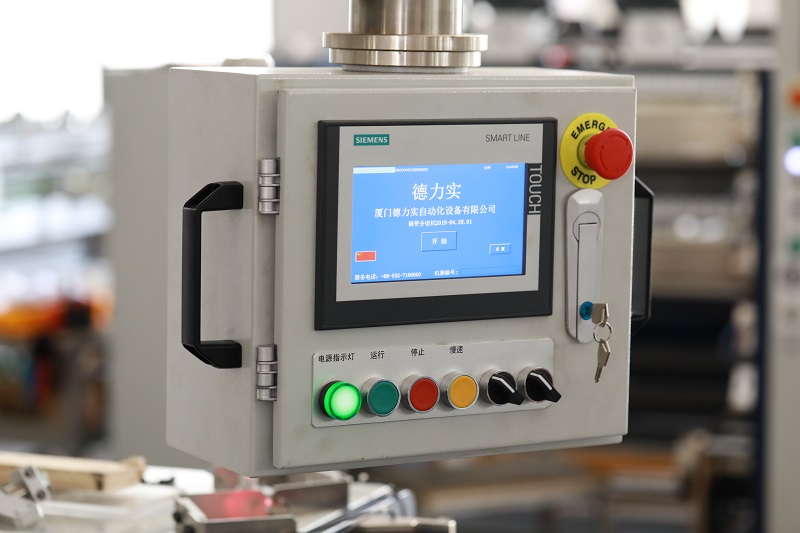
2. System composition
• Sensor: used to detect material position, tension, velocity and other parameters.
• PLC: As the core controller, it processes sensor data and controls the actuator.
• Servo motor: drives the slitter knife and feed roller to ensure high-precision cutting.
• HMI: Provides an operator interface for easy parameter setting and monitoring.
• Inverter: Adjust the speed of the motor to adapt to different material needs.
• Safety devices: such as emergency stop button, safety grating, etc., to ensure safe operation.
3. System design
• Hardware Design:
◦ PLC selection: Choose the right PLC according to the control needs, such as Siemens S7-1200 or Mitsubishi FX series.
◦ Servo motor selection: Servo motor and drive are selected according to load and accuracy requirements.
◦ Sensor arrangement: Reasonable arrangement of photoelectric sensors, encoders, etc., to ensure accurate data.
◦ HMI design: Intuitive operation interface is designed, supporting parameter setting, status display and fault alarm.
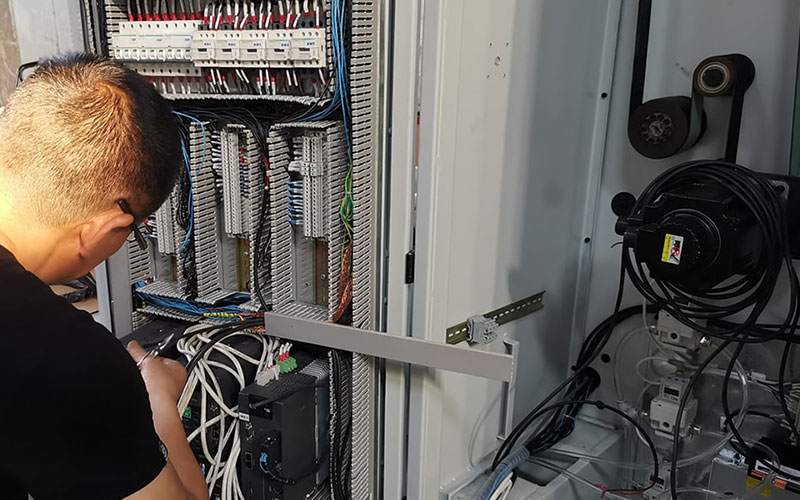
• Software Design:
◦ Control algorithm: PID control algorithm is developed to ensure stable cutting accuracy and tension.
◦ Logic control: write PLC program to realize automatic feeding, cutting, winding and other functions.
◦ Communication protocol: realize the communication between PLC, HMI, servo motor and other equipment, common protocols are Modbus, Profibus, etc.
◦ Fault diagnosis: Design fault detection and alarm mechanisms to facilitate quick troubleshooting.
4. System implementation
• Hardware installation: Install sensors, servo motors, PLCs and other equipment according to the design drawings to ensure correct wiring.
• Software programming: Use programming software (e.g. TIA Portal, GX Works2) to write and debug PLC programs and configure HMI interfaces.
• System debugging: Debugging each functional module step by step to ensure that the system runs stably and the parameters are set reasonably.
• Commissioning: Conduct trial production to verify system performance and reliability, and optimize the system based on feedback.
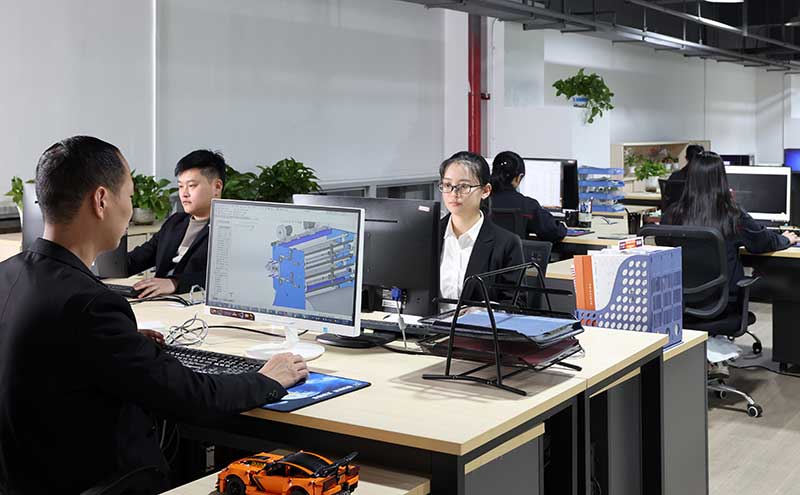
5. System optimization
• Parameter optimization: Adjust the PID parameters through trial operation to optimize the control effect.
• Function expansion: add automatic tool change, automatic deviation correction and other functions according to needs.
• Data analysis: use HMI or host computer software to record and analyze production data to optimize the production process.
6. System Maintenance
• Regular inspection: Regularly inspect sensors, servo motors and other equipment to ensure normal operation.
• Software updates: update PLC programs and HMI interfaces according to production needs.
• Troubleshooting: Establish a troubleshooting process to quickly solve system problems.
summary
The design and implementation of the automatic control system of the slitting machine involves many links such as hardware selection, software programming, system debugging and optimization. Through reasonable design and commissioning, the system can significantly improve production efficiency and product quality, reduce labor costs, and enhance market competitiveness.
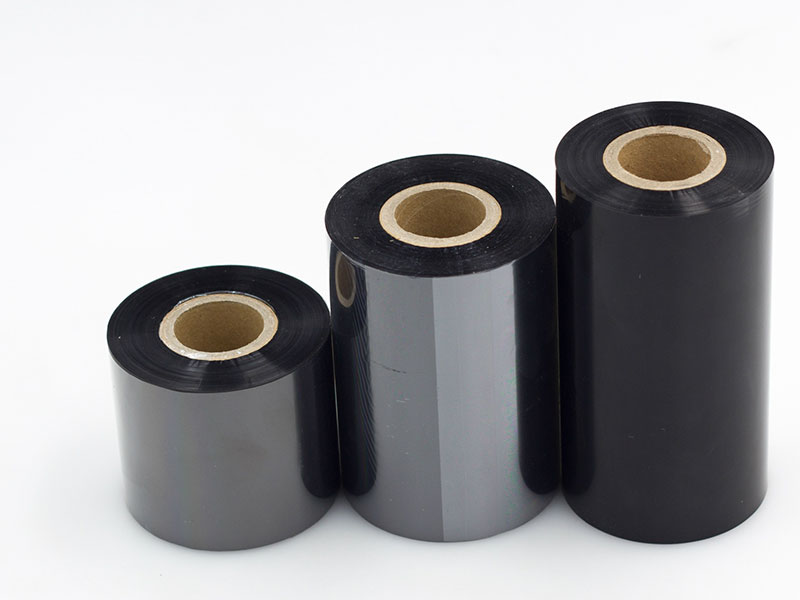
not just a tool for production, but a gatekeeper of quality, signing an unspoken guarantee of quality with its reliability.
12. December, 2025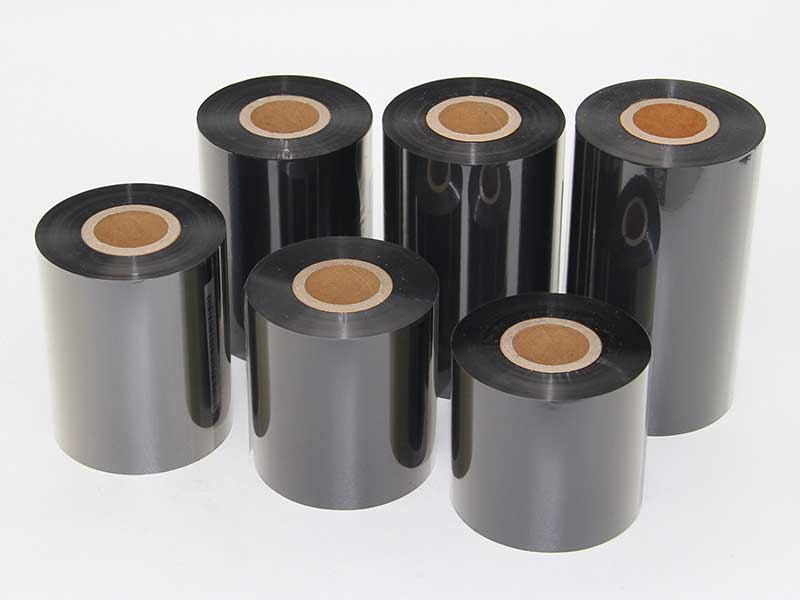
Its evolutionary trajectory clearly points to two dimensions: rock-solid reliability and smooth flow of water
12. December, 2025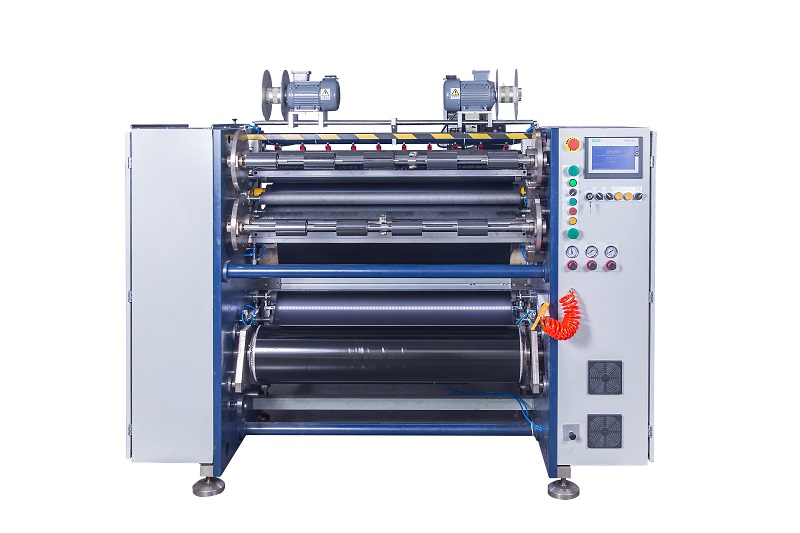
Behind the low failure rate of ribbon slitting machine is the result of the cross-integration of materials science, mechanical engineering, control theory and information technology.
12. December, 2025
how to choose a ribbon slitting machine that suits your needs? This article will give you a detailed analysis to help you grasp the core points in the purchasing process.
11. December, 2025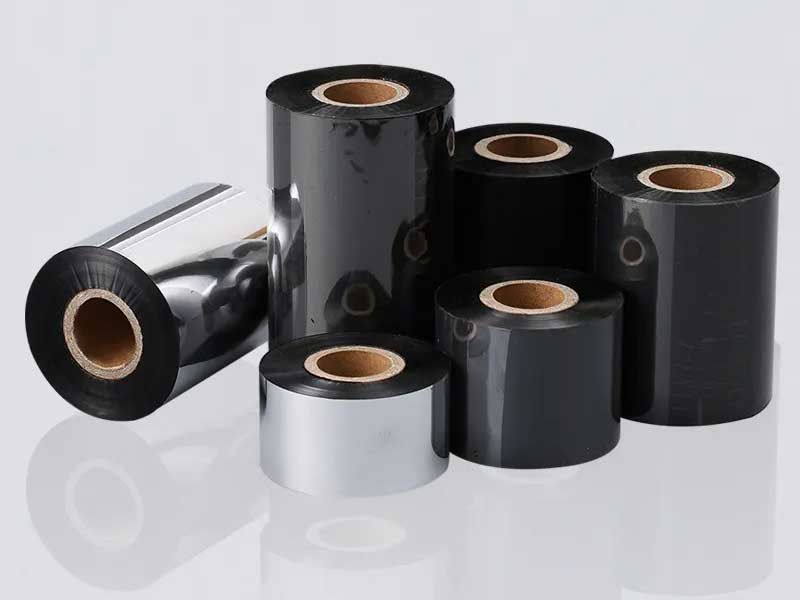
So, is the ribbon slitting machine easy to operate? Let's uncover the secrets of its convenient design together.
11. December, 2025